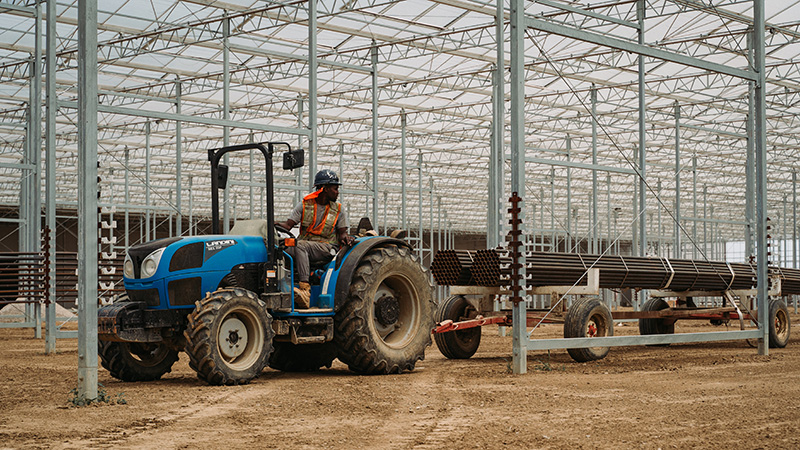How the Green Industry Can Work To Gain and Retain Employees
The COVID-19 pandemic has broadened the already yawning gap between people’s skills and the labor market’s needs. If you haven’t experienced difficulties with finding skilled employees yet, you’ve been fortunate. If you’ve found yourself on the other end of the spectrum lately, you may be asking yourself which is more important — hiring for experience or hiring for potential.
Hiring for experience may seem like the safer and quicker route, but it limits your pool of candidates. Further, experience doesn’t always equal performance or a good fit for your company culture. Experience doesn’t always arrive with fresh ideas or the right attitude. On the flip side, hiring for potential may be a lower investment in terms of salary that comes at the higher cost of time spent training and bolstering knowledge and skills to turn out a productive employee.
These challenges are at a record high, with 69% of U.S. employers reporting talent shortages in 2019, according to a recent survey by the Manpower Group. The World Economic Forum reports in its 2020 Future of Jobs Report that skills gaps will continue to be high as in-demand skills across jobs change in the next five years. Translation — expect to compete with other employers for skilled labor in a tight labor market and be aware that the need to re-skill your existing workforce will arise in the future.
On average, companies surveyed by the World Economic Forum estimate around 40% of their workers will require a re-skilling period of six months or less, and 94% of business leaders report they expect employees to pick up new skills on the job. Seeing these types of stats only reinforces to me that it’s going to take industry-wide efforts as well as individual company efforts to ensure training programs are in place to not only set up new workers entering the industry for success, but also to bolster and upgrade the skills of existing workers. The job isn’t going to get done any other way.
That’s why I’m encouraged to see industry partnerships forming and collaboration efforts such as the recently announced one between Seed Your Future (SYF) and the Society of American Florists (SAF). The two organizations have similar missions but strengths in different areas. SYF excels at creating awareness about careers in horticulture, while SAF has a proven track record of providing opportunities for education and training. Rather than duplicating efforts, they are joining forces to consolidate and prioritize resources to strengthen the industry and ensure a long-term pipeline of green-collar professionals.
We talk about how to attract and retain new employees in the green industry. I think one of the pieces to solving this puzzle is to provide strong training programs industry-wide and at individual companies that offer opportunities for career advancement. This could be a strong attractant to workers inside and outside of the industry who want to learn new skills, upgrade existing ones, or advance through the ranks.
Training programs are good investments in more ways than one, whether they improve processes, promote a culture of continuous learning, or align employee skill sets with the needs of the industry. They also offer opportunities to bridge generational gaps through mentorship and facilitate the necessary transfer of knowledge between age groups. I hope this is something we all have on our radar because we not only need to mind the gap, it’s up to us to mend it to ensure a sustainable future.










